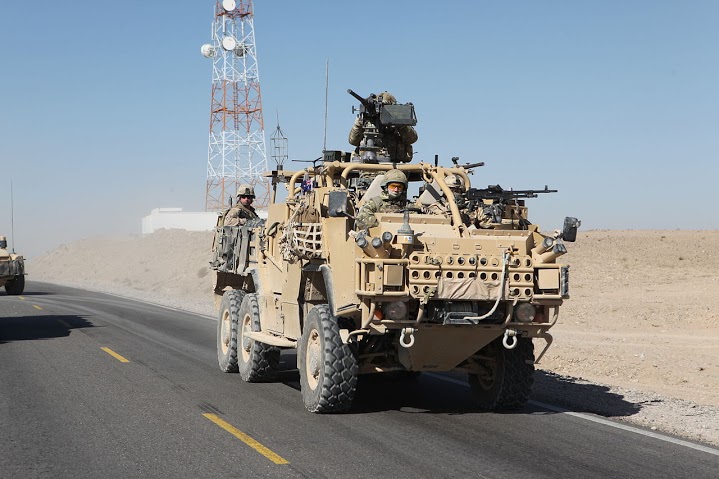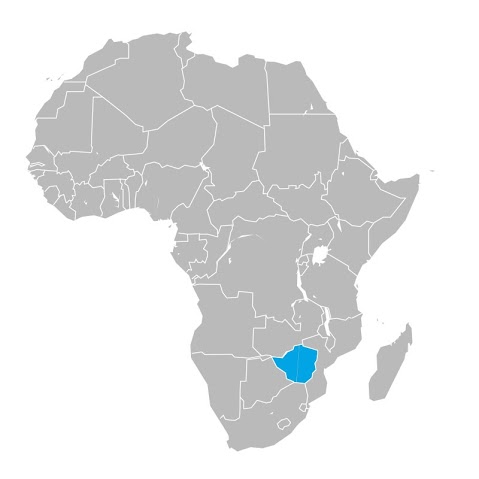People think that the army life is controlled by an extensive list of regulations and instructions, which doesn’t leave much room for creativity and self-expression. However, that’s not entirely true, and this is most evident in military engineers. Whether they just carry out orders or improvise, sometimes they come up with machines that would make science-fiction authors jealous. It’s impossible to describe all these creations, but we were able to prepare a small compilation to show you the scale of their engineering genius.
Austrian “Twin-Tip”
For armored vehicles, the issue of maneuverability and engine protection was always one of the most crucial. Different approaches were used to solve it. For example, in World War I vehicles often attacked back to front. This way they exposed a less vulnerable backside, and could disengage from action quickly and easily.
Austrian engineers from Austro-Daimler-Puch thought this practice through and took a radical approach. In the 1930s they designed a “twin-tip” vehicle called ADGZ: a completely symmetrical armored car with two control posts. Regardless of the unique design, the vehicle was quite a success: it was eight-wheel drive, had an armor thickness of 6 to 14.5 mm, and carried a substantial armament. It could also transport up to 12 infantry men.
The ADZG armored vehicle looks quite impressive up close
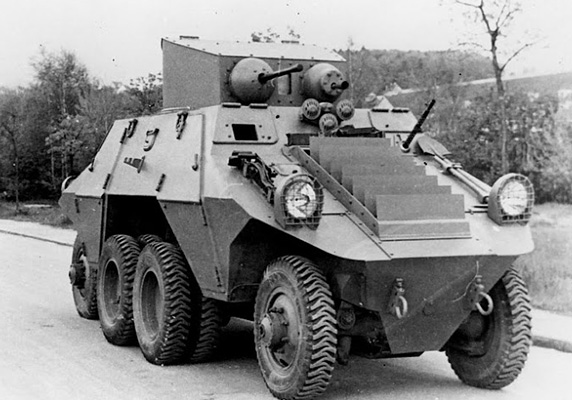
After the Anschluss of Austria, Germany received 26 of these vehicles, which were used by the police and SS troops. The Germans didn’t renew the production, because tanks and armored personnel carriers were considered to be more effective. Nevertheless, from 1941 to 1942 another 24 units of ADGZ were produced to be used against guerrilla members.
Russian “Land and Water-Going Armored Vehicle”
Armored Vehicle-Railcar “BAD-1”
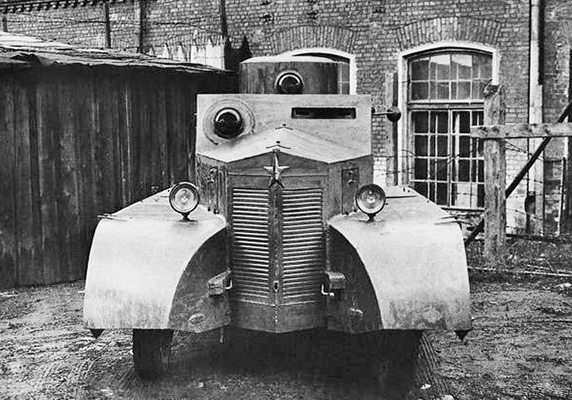
In autumn of 1931, USSR engineers started working on a vehicle with the code name “Armored Vehicle-Railcar” The project was completed rapidly and had a very effective design, but never made it to mass production. Based on this model, engineers came up with a variation, referred to in documents as “Land and water-going armored vehicle”.
“BAD-1” on railway track
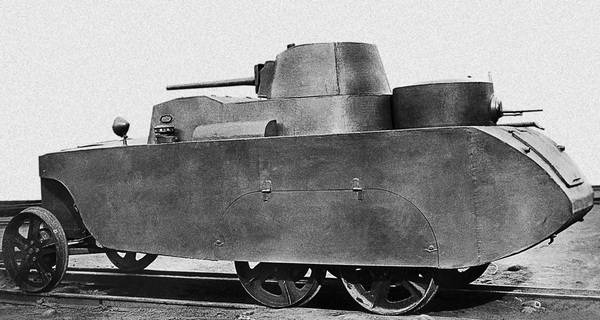
Armored Vehicle-Railcar “BAD-1”
1. It could move like a conventional car and had a top speed of 20 km/h.
2. If necessary, it could be put on rails within 30 minutes.
3. It could travel on water with the help of a screw propeller.
4. It was armed with two machine guns and a 45-mm cannon, which was at that time adequate even for a tank.
In general terms, it worked like this: a small gas-producing plant was installed on a car instead of a gas tank. The system had lots of shortcomings, such as short range on a single fueling, difficulty of operation, large size of the engine, reduced load capacity, and so on. However, the only advantage of the system outweighed all the problems: gas generators allowed for transportation without the use of liquid fuel, with minimal alterations to the internal combustion engines. And most of the times, wood, which was the primary fuel for gas generators, didn’t cost a thing.
The military command was very interested in this project. Its fate, though, was similar to that of all multipurpose machines. The unique armored carrier couldn’t achieve the same level of usefulness as its more specialized competitors. Development was canceled in autumn of 1933.
Gas Generators—Off-Road Perpetuum Mobile
The internal combustion engine works on liquid fuel, there’s no doubt about that. However, it wasn’t always like this. Military engineers had a simple idea: if there isn’t enough fuel, it should be produced on board of the vehicle from the resources available. Working with gas was the easiest: therefore, a device to generate it was created.
The Soviet gas generator car based on the ZIS-5 chassis. In total, 15,445 units were produced, which were used until the 1950s.
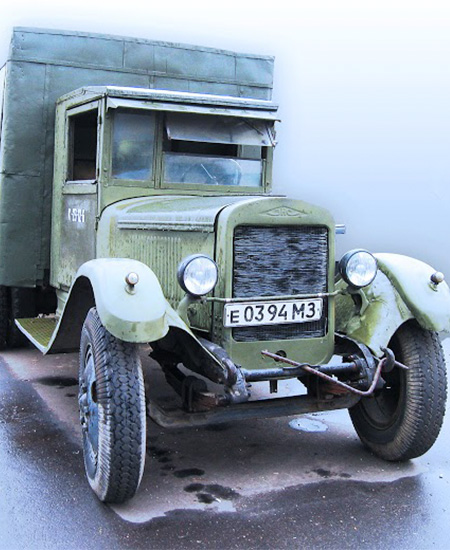
We can’t really say that car gas generators were the brainchild and exclusive innovation of World War II. However, during this war they got a second wind, because they allowed more petrol to be saved for combat machines on the frontline. Sadly, everything that has a beginning, has an end. When the war was over, the requirements of the main petrol consumer—armed forces—were drastically reduced.
A car equipped with a gas generator. Berlin, 1946
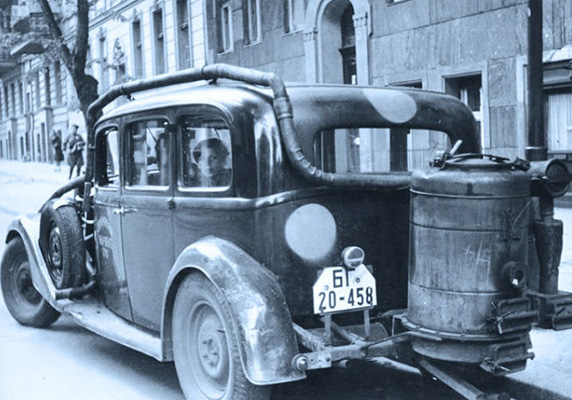
Fuel shortages became a thing of the past together with gas generators. However, they are still used, though much less widespread.
Helsinki, 2009
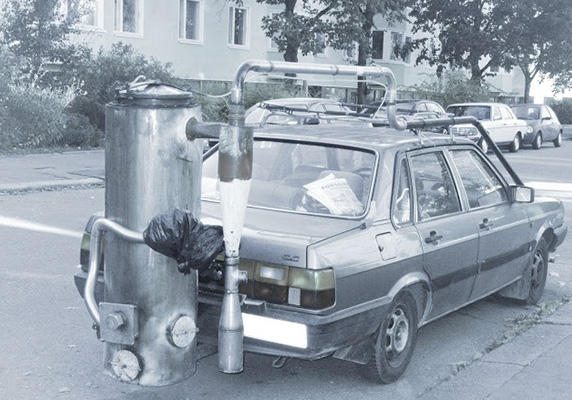
Home Guard—Many a Little Makes a Mickle
After suffering a defeat in France and the urgent evacuation from Dunkirk, Great Britain had a serious shortage of combat capable vehicles. It appeared that the Germans would cross the English Channel any moment and the war would come to Britain. Even the combat units didn’t have enough vehicles; support units were even more lacking.
A 19th century anti-aircraft gun on the chassis of an Albion WD131 6х4 civilian truck
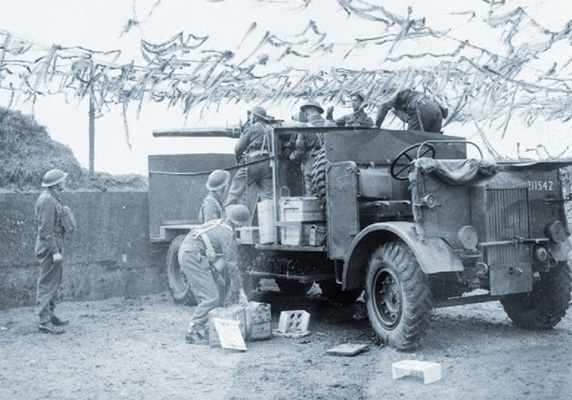
Britain’s Home Guard used every material at hand and some creative thinking to build iron monsters on wheels. Some models were produced in batches, some were unique. It’s impossible to arrange and organize every version, so we offer you a chance to evaluate some of the most interesting creations.
Beaverette Mk. III reconnaissance car
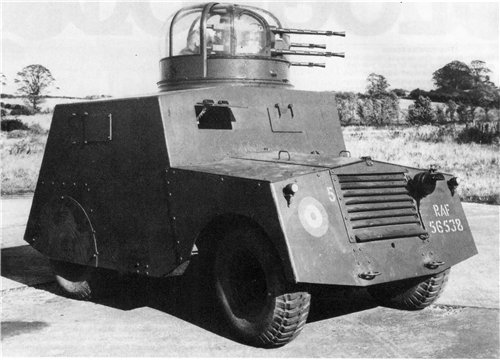
The experience acquired during the creation of ADGZ wasn’t forgotten. Fifty years later, Austrians designed the legendary 4x4 Geländewagen for Mercedes.
From a Beer Tank to the Terror of Vietnam
An armored and armed 5-ton truck of the U.S. army
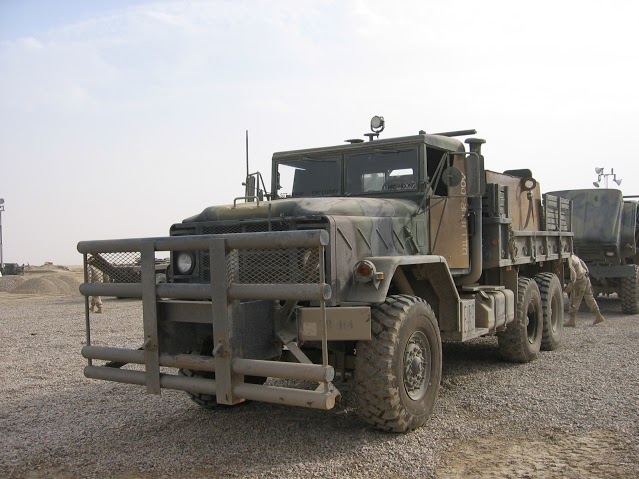
The history of gun trucks—vehicles with improvised armor and armament—is almost as old as cars themselves.
In 1916, when suppressing the Easter Rising in Dublin the British used a Guinness beer tank armored with boiler iron as a cover for infantry. However, the real boom of gun trucks happened during local conflicts after World War II.
Armored car-Guinness beer tank. Dublin, 1916

The French were the first to face the issue of convoy protection on Vietnamese roads. GMC and Dodge WC62 trucks were covered with armor sheets; some of them even had 40-mm cannons on board. The United States closely watched these French experiments, but forgot about them completely by the mid-1960s. As a result, the U.S. army faced the same problem and in exactly the same places: truck convoys were easy prey for experienced guerrilla warriors on narrow and eroded roads. Armored vehicles and even Jeeps with machine guns were in severe shortage and the Americans tried to solve the problem by putting sandbags in trucks to protect gunners. However, under tropical rains the sandbags were getting soaked very quickly, so the trucks’ crews switched to steel plates. This design turned out to be very successful: to this day we can see gun trucks in hot zones around the world.
Present day. British Coyote TSV in Afghanistan, 2011
African “Homemade Car”
Rhodesia (Zimbabwe today) was a small country, in African terms, with a short, but vivid history. It existed as an independent state for less than 15 years, from 1965 to 1979, and in all these years it was waging a permanent war for survival. Due to a number of reasons, neither capitalists nor communists wanted to see a new strong player, with independent politics, in the heart of the continent. That’s why Rhodesia was constantly fighting for its independence, both inside the country and with its neighbors, counter-attacking on a regular basis.
Due to the specifics of the landscape and limited forces of adversaries, this war didn’t have a steady frontline. It was a war of light infantry, helicopter assault troops, and mobile motorized groups. Rhodesia wasn’t able to implement any form of mass production; that’s why it was constantly improvising and reworking civil vehicles to accomplish military objectives. For example, Rhodesians were the first to realize the idea of an “anti-mine” car, resistant to explosive devices, thus adding a rich page to the history of global vehicle engineering.
The course of military operations always enhances the original design. It’s very likely that there isn’t a single piece of armament that wasn’t considerably improved during its operation. Thanks to the development of communication means, we can follow current military conflicts in real time. Rest assured that the vivid imagination of engineers and simple soldiers will continue to impress you more than once.
Find More Exciting Stories Inside World of Tanks Magazine App

Issue #2 of free World of Tanks Magazine is full of historical articles, latest news on Wargaming projects, in-game offers and the ‘Cover Girl’ section.
Download the newest issue here:
